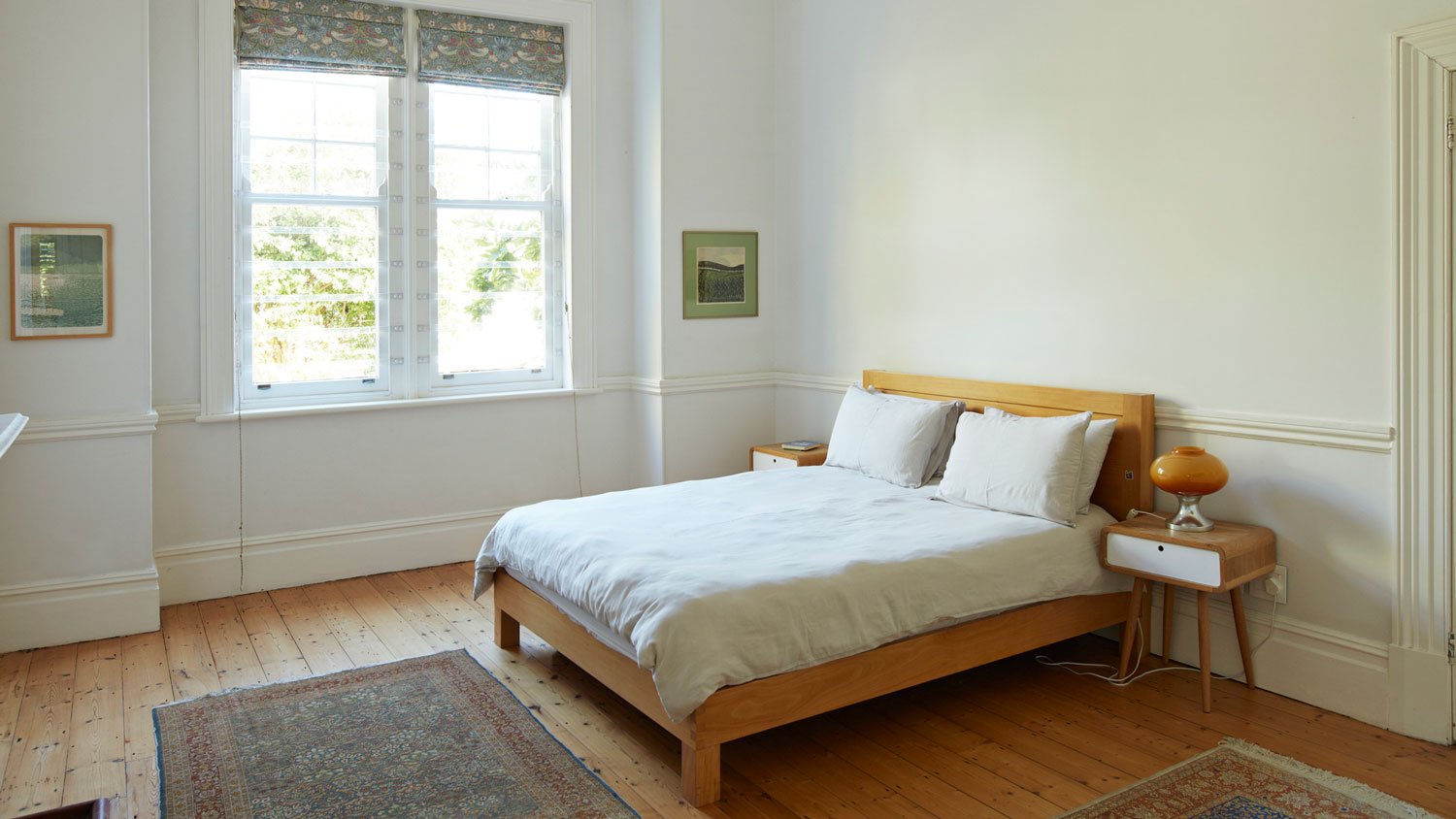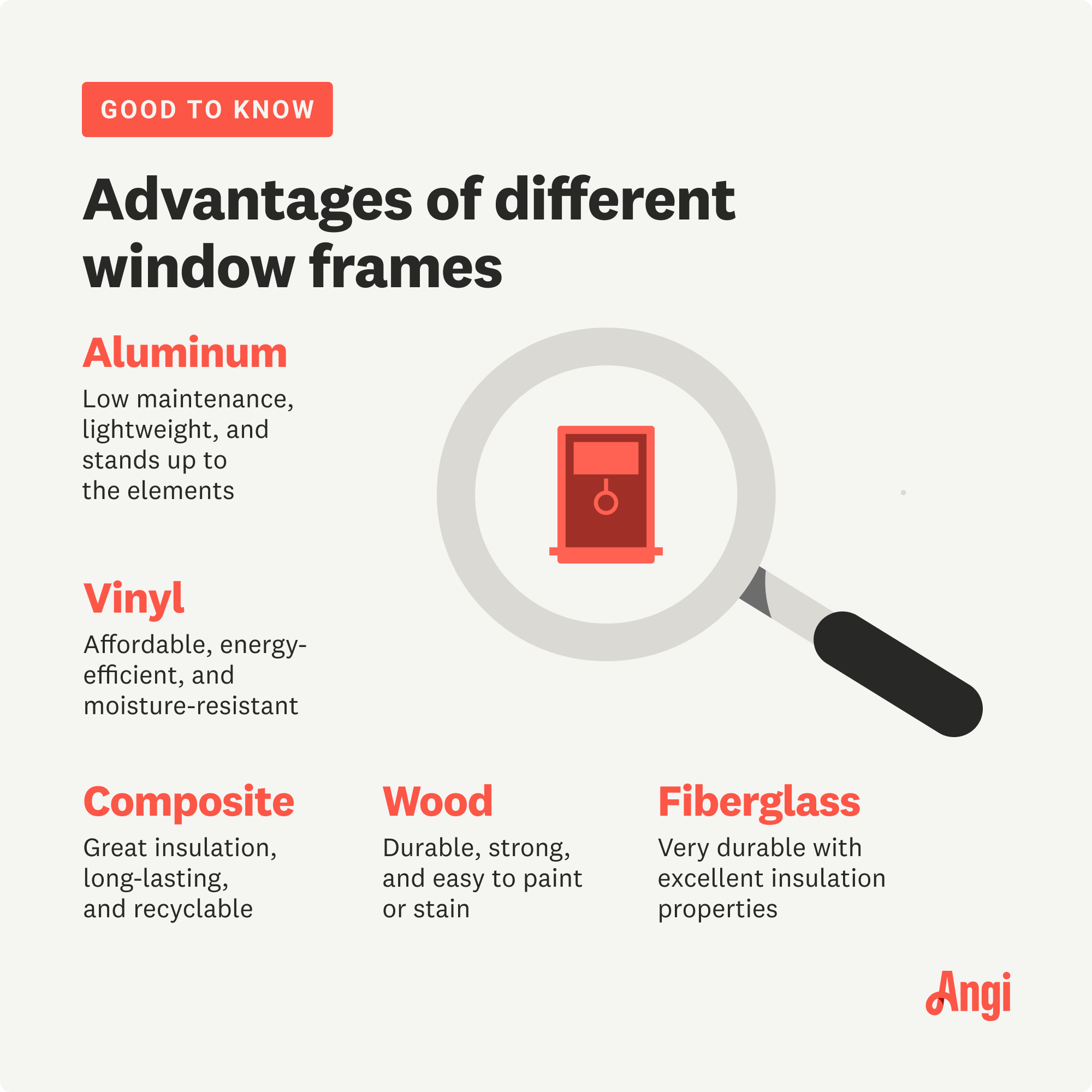6 Tips for Choosing the Right Replacement Windows for Your Home
Keep your home's temperature just right with new windows that are perfectly suited for it


Choosing the right replacement windows for your home may not be as simple as switching out for a comparable replacement. If you want more durable materials, UV-resistant glass, or a new type of window entirely, there are many different considerations. Use these tips to select the right window replacement and, if in doubt about whether you need to replace your windows, talk to a local window installer.
1. Establish Your Budget
Before you can start planning your window replacement project, you’ll need to establish a budget. Knowing how much you have to spend on window replacements will help you compare options and decide if you can spring for the high-end window frames with low emissivity (Low-E) glass and custom detailing or if a simple ready-made aluminum single-pane window will do.
When planning your budget, you also need to give yourself a bit of a cushion in case there are any unforeseen problems during the replacement, like adding new insulation to the lintel or wall cavity or switching from a pocket to a full replacement.
Take a look at the table below to get an idea of the cost of replacement windows based on the frame material.
| Material and Glass | Cost Per Window | Average Cost Per Window |
|---|---|---|
| Aluminum | $75 – $400 | $237.50 |
| Vinyl | $100 – $900 | $500 |
| Composite | $300 – $1,200 | $750 |
| Wood | $150 – $1,300 | $725 |
| Fiberglass | $500 – $1,500 | $1,000 |
2. Decide on Which Windows You Want to Replace
If all of the windows in your home are of the same age and equally inefficient, it makes sense to replace all of them at once if you have the budget for it. However, if you don't have the funds to tackle the full project all at once and get the windows you want, it's okay to break it up.
There are two replacement approaches. The first approach is to separate the installation into phases and replace all the windows on one side of the home. The front of the house that faces the road is the most common side to pick first because it helps boost curb appeal.
Your other option is to replace the windows one story at a time. This is the more energy-efficient option as, particularly if you start with the upper story, you stabilize and minimize heat transfer across the entire floor. By starting upstairs, you also address the area where your home is likely to lose the most heat because hot air rises.
3. Choose the Right Type of Window
There are nine common types of residential windows to choose from. In most cases, you can choose the same type as the existing windows and just upgrade the glass type and frame material. However, if you're considering more extensive remodeling or changing the architectural appearance of your property, you may want to consider changing the type of window. Improvements may include adding a large picture window to capture a particularly beautiful view or a traditional-style bay window that can also act as a reading nook. Replacing your windows can enhance your interior decor and elevate its exterior aesthetic.
The table below shows you the average cost of windows by type to help you plan your window replacement; the cost shown is for materials only.
| Type of Window | Cost Per Window | Average Cost |
|---|---|---|
| Storm | $50 – $300 | $175 |
| Single-Hung | $100 – $400 | $250 |
| Double-Hung | $150 – $650 | $400 |
| Sliding | $150 – $800 | $475 |
| Casement | $150 – $1,000 | $575 |
| Folding | $500 – $900 | $700 |
| Picture | $300 – $1,200 | $750 |
| Bay | $600 – 4,500 | $2,250 |
| Basement | $1,500 – $6,500 | $4,000 |
4. Choose Between a Full-Frame or Pocket Window Replacement

With a full-frame window replacement, all parts of the windows—including glass, frames, trim, casing, and hardware—are replaced. This is an option to consider when you're replacing old, worn, and inefficient windows like those typically found in aging properties. If your home's exterior is brick or stucco, it will likely be impacted by full-frame window replacement and need refinishing work, which adds to the project cost.
On the other hand, a pocket replacement lets you replace just the glass and other components inside the main frame without replacing the original frame, casing, trim, or hardware. A pocket window replacement can save you money if the original frame is still in good condition.
5. Consider the Type of Glass You Want
You've got a few different choices when it comes to the glass you want in your windows. In older homes, you may still have single-pane windows, but with energy efficiency becoming an ever-increasing priority, it's unlikely you'll add new single-pane windows to your home. Let's take a look at some of the other replacement options.
Number of Panes
Double-glazed windows are a standard window pane option. These feature two panes of glass separated by a spacer and with the gap filled with an inert gas, usually argon or krypton. This reduces heat transfer and improves energy efficiency.
You can further increase window energy efficiency for colder climates by choosing triple-glazed windows, which have three panes of glass with inert gas in between.
Low-Emission Coatings
To block UV light, you may want to consider a low emission or Low-E coating. This is a super-fine layer of metal applied to the inside of the window to block UV light and help limit heat transfer. If you live in a cold climate, you'd most likely want a high solar-gain Low-E coating, which blocks UV light but allows the maximum amount of heat to enter your home. In hot climates, you'll want low solar gain Low-E coatings, which block UV light and up to 75% of heat.
6. Select Window Frame Materials Carefully

Budget isn't all you need to consider when it comes to choosing the frame material for your replacement windows. Your climate, the window style, the material’s characteristics (e.g., durability, moisture-resistance, insulation, and maintenance requirements), and the look of the rest of the neighborhood all play a role in determining which frame is best. Get more info on the different types of replacement window frames here.






- 14 Things to Consider Before Buying Windows
- How Long Does It Take to Replace a Window?
- 10 Tips on How to Make Windows More Energy Efficient
- How Long Do Windows Last and When Should You Replace Your Windows?
- 7 Common Window Problems and How to Avoid Them
- Replacement vs. New Construction Windows: Which Should You Choose?
- How to Choose the Best Replacement Windows for Old Houses
- 15 Window Design Ideas to Transform Your Home
- How to Seal Windows for Winter: A Complete Guide
- 4 Ways to Repair Fogged Windows for Clearer Views















